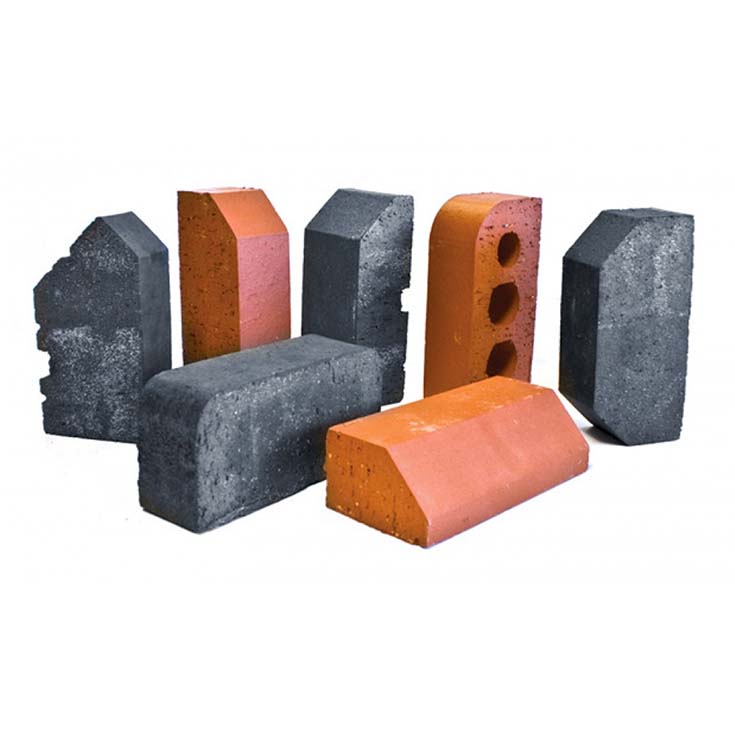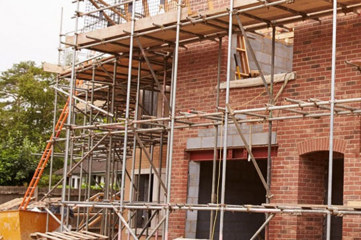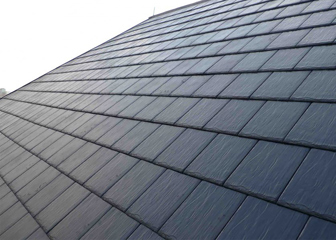Choosing the right bricks for your project
Brick is one of the oldest building materials. Thanks to their strength, versatility, and longevity, bricks have been used in construction for thousands of years.
There are various different types of bricks, made from different materials, in different shapes and sizes, and with different properties.
In this guide, we look at what bricks are made of, the types of brick available, things to consider when building with bricks, and more.
What are bricks made of?
Bricks can be made out of a variety of materials, depending on the type of brick. Traditionally, bricks were made out of clay and dried in the sun. Clay bricks are still commonly used, but the clay can also be mixed with other materials, including concrete, ash, and chemicals to make bricks for different uses. Keep reading for a list of different brick types.
Burnt clay bricks
These are the classic bricks, which are made by pressing wet clay into a mould before they are dried and fired in a kiln. These bricks are typically sold in four classes based on their quality and class. First-class provides the highest level of quality and strength, and have no noticeable flaws.
Sand lime bricks
Also known as calcium silicate bricks, sand-lime bricks are made by mixing sand, fly ash and lime. Pigments are also sometimes added to change the colour. The mixture is then moulded under pressure, and the materials are bonded together by a chemical reaction that occurs when the wet bricks dry under heat and pressure.
Engineering bricks
Made from clay mixed with other materials, engineering bricks are extremely durable and strong. The clay-based mixture is fired at high temperatures to create bricks that are as high as iron and have very low porosity. Engineering bricks come in classes A and B.
Concrete bricks
Made by pouring solid concrete into moulds, concrete bricks are typically used for internal brickwork. These bricks are extremely durable but tend to be porous, meaning they aren’t suitable for use underground.
Fly ash clay bricks
These bricks are made using clay and fly ash, which is a by-product of coal-burning. The mixture is fired at around 1000 degrees Celsius. Often used in structural walls or foundations, fly ash bricks are self-cementing – when exposed to moisture, they expand meaning cement is not required.
Special shaped bricks
Special shaped bricks are any bricks that do not conform to the traditional size and shape of a brick. Available in a range of different shapes, colours, and materials, special shaped bricks are usually used to enhance the appearance of a brick wall or structure.
Special shaped bricks are manufactured as solid, perforated, or frogged, depending on the location of manufacture and type of clay used.
At Elliotts, we supply a range of standard special shaped bricks within our branch network, all of which are available in smooth blue and smooth red finishes.
AN – Angle and Cant
This type of special brick allows buildings or walls to carry an angle other than 90 degrees, including 30, 45, and 60-degree angles. They can also be used to create vertical and horizontal chamfered features on doors, windows, and corners, as well as decorative capping for walls.
BN – Bullnose
Bullnose bricks have a smooth rounded edge on one or two of their sides, providing gentle transitions for corners, doors, and window openings. These bricks look great visually and are widely used for making doorways, windows, and corners feel welcoming, as well as for decorative capping for walls.

AR – Arch
Arch bricks are double tapered along their length or width, meaning they can be used to form archways and other curved elements.
BD – Bonding
Cuboid bonding bricks are often used to fill gaps that would otherwise require a standard brick to be cut to size.
PL – Plinth
Angled at 45 degrees, these bricks are used to change the depth of the brickwork at the base of the wall. They have sharp cuts and shapes, making them ideal for detailing hard lines on window sills, kerbs, capping, and corbelling details.
Choosing the right type of brick
When building a brick wall or structure, the first step is to choose the type of bricks you’ll use. This will depend on a number of factors – if you’re building an extension you might want to match or contrast existing brickwork, for example, or if you’re repairing a wall, you’ll need the closest match.
Choosing the right quality of brick
As well as different types of brick, there are also different brick qualities available. If, for example, you choose a frost-resistant brick, you’ll lengthen the life span of the wall and prevent bricks from deteriorating as a result of frost damage.
Choosing the perfect mortar joint
As well as the bricks themselves, it’s also important to consider mortar joint profiles as they can influence the amount of water penetrating the brickwork. The five main types of mortar joints are:
- Flush
- Recessed
- Bucket handle
- Weather struck
- Weather struck and cut
Decide on a bond
Another factor to consider is bonds. These enhance and add stability to a wall.
Copings
Finally, you’ll need to decide if you want to use copings. Placing copings on top of the wall can help to reduce water penetration into the brickwork. These are typically made from engineering quality brick and can be contrasting in colour.
Looking to buy bricks?
If you’re trying to choose the right brick for your project, the team at our brick library in Southampton can offer help and advice. Come into the branch to talk to us, or call us on 023 8038 5389.
Featured products
Forterra LBC Tudor Facing Brick, 65mm

Hanson Sand Cement Mortar 20kg Plastic Bag





